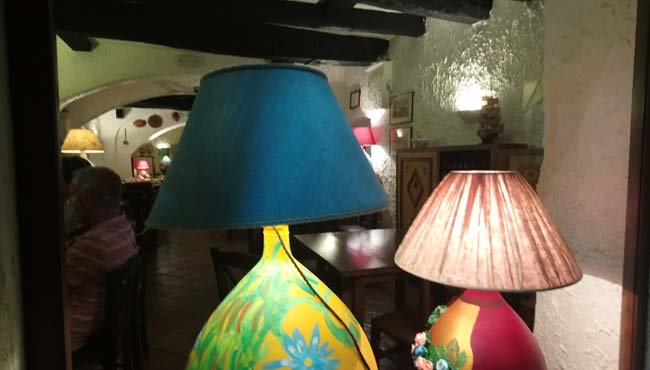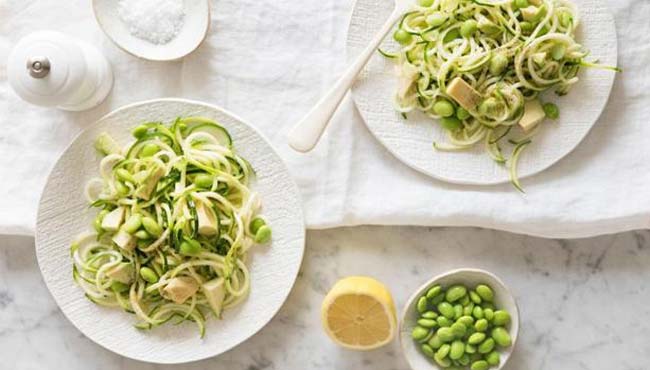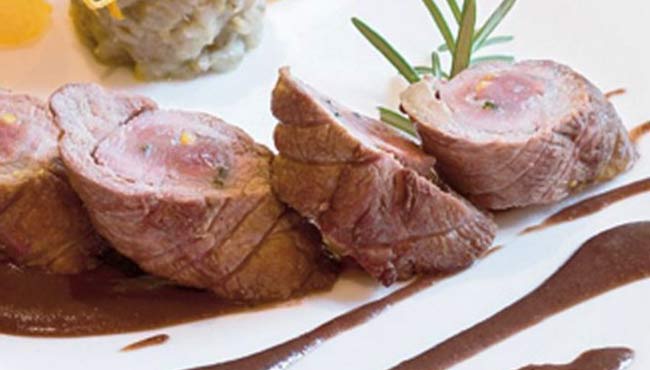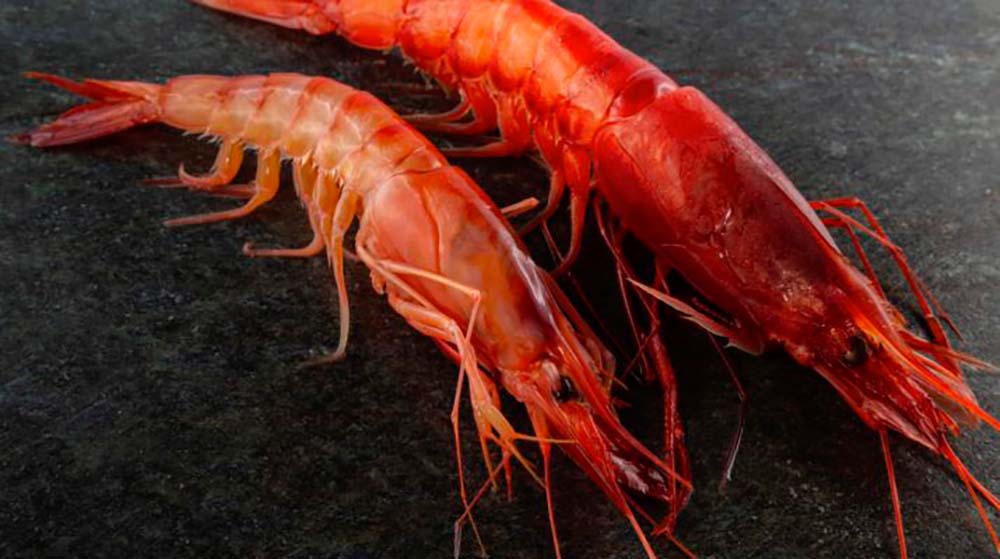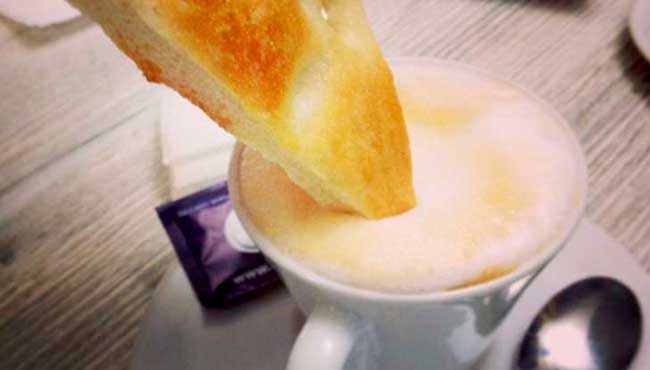(C.Sabino – Forbes, 28/06/18) – If you want to savor some of northern Italy’s best cooking and products, you should check out a new initiative in experiential travel called the Milano San Remo del Gusto. Inspired by the routes of a famous Italian cycling competition that weaves its way through Lombardy, Piedmont and Liguria—all regions renowned for their exceptional food and wine—this project doesn’t involve cycling, but rather following foodie passions on a variety of self-paced itineraries to top artisanal producers, restaurants, wineries and farms that are committed to preserving the traditions and culinary legacy of their locales.
A special interactive component of Milano San Remo del Gusto is the chance to take a cooking class at a participating restaurant chosen for its commitment to the region’s historical cuisine. You can learn the “secrets” of making iconic dishes, and then sample your handiwork at lunch.
I recently had the chance to take such a cooking lesson at the Hostaria Vecchia Rapallo, an evocative restaurant in the heart of the seaside resort of Rapallo, popular with both local residents and visitors in search of authentic Ligurian cooking. Even Billy Joel and Deep Purple have stopped by. (The Hostaria is part of the Genova Gourmet collective, which certifies that member restaurants adhere to rigorous standards with ingredients, recipes and cooking methods for the traditional items on their menus.These dishes are chosen from a list developed with the Italian Academy of Cuisine and Slow Food.) At the Hostaria the pastas, pesto and other sauces, focaccia and desserts are all made fresh daily.

Massimo Magoni, the owner of the Hostaria, oversees the classes, which typically involve learning the secrets of pesto, Liguria’s famous basil-based sauce, along with mastering regional dishes like lasagne al pesto; pansotti di Rapallo, the filled pasta served with a walnut sauce; stuffed vegetables; or Liguria’s sublime fish dishes. Becoming skilled at pesto is essential in Liguria, a mark of insider savvy, since so many local recipes include it. Passions run deep when it comes to what constitutes the best pesto—there’s even a World Cup competition (the Genoa World Pesto Championship) held every two years to see who can make the best sauce.
Magoni says that to make a true Ligurian pesto you need to use the basil grown in Prà, a seaside town west of Genoa. Here the terroir in the hills above the sea is ideal for cultivating the special variety of the herb that sets pesto lovers in a swoon. “There’s no taste of mint,” notes Magoni of the Prà produce. Having the right basil leaves is critical, but ingredient curation doesn’t end with basil selection. Magoni uses Mediterranean pine nuts (from the Pinus Pinea tree), along with DOP Extra Virgin Olive Oil from the region, Parmegiano Reggiano cheese, coarse salt and garlic. “There are different schools when it comes to the type of cheese used in pesto,” says Magoni. “Some use prescinseua (a ricotta-like cheese from Liguria), or a mix of Pecorino and Parmesan, or only Parmesan cheese. I prefer only Parmegiano Reggiano.”
Once the ingredients are assembled, we began to make the pesto following the steps outlined by Magoni below.
C.Sabino – Forbes, Learn The Secrets Of Top Italian Restaurants On Your Next Vacation In Italy

